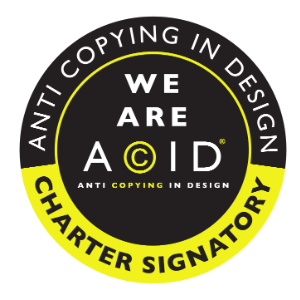Do you ever feel that you are setting marketing goals, yet getting nowhere? Are you not achieving the successful results that you had anticipated?
Many companies spend their time drifting from one goal to the next, or working on several all at once, whilst actually accomplishing very little. But not to worry, this is a common mistake when trying to improve your business and one we have all made once or twice. Luckily, we are here with a solution.
What are objectives?
Objectives set out what businesses are trying to achieve; they need to be set accurately, ensuring employees, managers and directors all understand what they are aiming towards. To assist with objective setting, the SMART acronym was formed by Peter Drucker (1955) and G.T. Doran (1991).
Used among managers and marketers alike, SMART is now a dominant tool in the world of business and marketing, helping to clarify ideas, set objectives, focus efforts and ensure the business is using time and resources productively. Overall, using SMART to plan ultimately increases the chances of goals and objectives being achieved.
Setting SMART objectives; how to develop them
So, now you know the basics of SMART objectives; what does SMART stand for?
S – Specific
In order to entirely focus your efforts and truly feel motivated in reaching your objectives, you must ensure they are clear and specific. If they are complex, employees will feel uncertain about what they are trying to achieve, resulting in lower productivity and motivation. Additionally, your objective needs to be developed ensuring it is specific and valuable to the business or you as an individual.
M – Measurable
It is crucial that your objective is measurable, enabling you to track progress, see results, and stay motivated. This is the only way you will be able to determine whether your objective has been achieved. However, this doesn’t always mean the goal has to be quantitative. A SMART objective could also be qualitative.
A quantitative objective would be “Increase social media presence by 20% by the end of the financial year”, and a qualitative objective would be “Complete the project within the deadline and budget, ensuring high customer satisfaction and advocacy”.
A – Achievable
This point has some variance over what it is short for. The options you can choose from are; attainable, aligned, agreed – or our favourite (and the one we feel makes the most sense) achievable. In order for you to reach your goal, it has to be achievable; it should stretch your abilities and motivate you to work hard. But don’t get us wrong, it still needs to be within your capabilities and resources. To assess whether it is achievable or not, ask yourself questions such as;
- How can I accomplish this goal?
- Do I have the resources, knowledge and finances?
- Is there anything I need to learn or outsource?
R – Realistic OR Relevant
Whilst objectives have to be realistic, this doesn’t mean that they have to be easy. Additionally, as this point is comparable to “achievable”, some individuals choose to focus this point on relevance; an effective objective must be relevant to the organisation, and the team. If your goal has no relevance to the overall performance of the business, what’s the point?
T – Time Bound
Last but not least, we have T, which stands for time bound. Objectives must have a deadline or time frame for which they will be achieved. This will not only help keep individuals (or yourself) motivated, but also helps assess whether you are on track to meet your target.
Answer these questions to help identify a timeframe for your objective;
Do I need to work on this objective daily?
How much can I achieve six weeks from now?
How much can I achieve six months from now?
Do I need to enlist any other co-workers or outsource any projects to meet this objective?
Do I, or any co-workers, need any training to help achieve this objective?
And there we have it! SMART objectives are utilised by many professionals, lecturers, and successful organisations; now you know all the basics and how to apply them. Highly useful no matter what industry or business you are in, they provide clarity, increase motivation and help focus on achieving your goals.
If you would like help setting some SMART marketing objectives for your business, we would love to help! Contact us today, and we can get planning.






